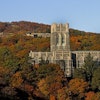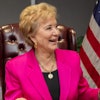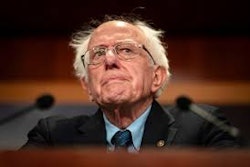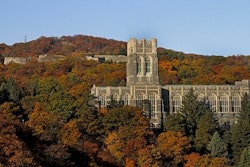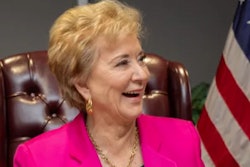Ilias Gomez said that he wasn’t “the best kid” in middle school. He would often get into trouble, and he struggled to maintain a C average. But as he headed toward high school, an opportunity to take college courses helped turn everything around.
“To me, I felt the courses and material in college were more beneficial—it was easier to digest, compared to high school,” said Gomez. His grades began to improve, as well as his behavior.
Gomez participated in the dual credit program from local community college Dallas College and the Dallas Independent School District. By the time he graduated from high school, he had already earned his associate’s degree. Through his dual enrollment program, Gomez was able to participate in internships and make connections in his field of interest, video game technology.
Gomez enrolled as a junior at four-year University of North Texas at Denton, and he is on track to graduate next year. He hopes to one day open his own studio and create his own video games. His story is just one example of how colleges can support its surrounding community by connecting residents with opportunities for success.
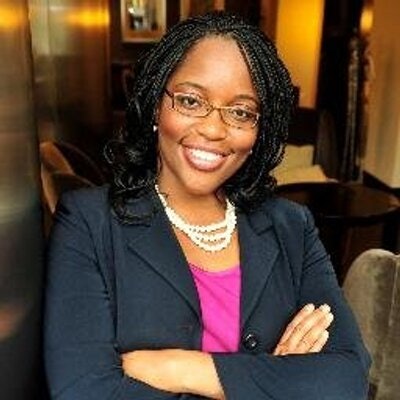 Dr. Michelle Asha Cooper, former deputy undersecretary for the U.S. Department of Education and current vice president for public policy at the Lumina Foundation.
Dr. Michelle Asha Cooper, former deputy undersecretary for the U.S. Department of Education and current vice president for public policy at the Lumina Foundation.
“This question is so important now, at a time when people question the value of higher education, when we are still moving through a period of pandemic recovery, navigating inflation and economic instability,” said Dr. Michelle Asha Cooper, former deputy undersecretary for the U.S. Department of Education (ED) and current vice president for public policy at the Lumina Foundation, an organization working to make postsecondary education available to all.
“We need more people with more degrees that confer real value in the labor market,” said Cooper. “America needs a new definition of higher education excellence—one that measures what colleges do for the country instead of for themselves, the vital role they can play in their communities to ensure learning and earning are aligned.”
At Bunker Hill Community College (BHCC) in Boston, Mass., President Dr. Pam Eddinger worked hard to double the impact of the BHCC’s Learn and Earn program, which partners with area companies, corporations, small businesses and cultural organizations to offer students paid internships where they earn at least $18 an hour.
Eddinger wanted to be sure that the program was reaching all students. BHCC’s student body is 75% minoritized populations. But disaggregated data revealed that the majority of students taking advantage of Learn and Earn internships were white or international students.
“What we had inadvertently done by marketing the program was to skim the top—and that’s not ok,” said Eddinger. “It was also the way the jobs were posted. The way it was written, the language itself, was not what our students are used to. Therefore, students looking at the posting didn’t recognize themselves in it.”
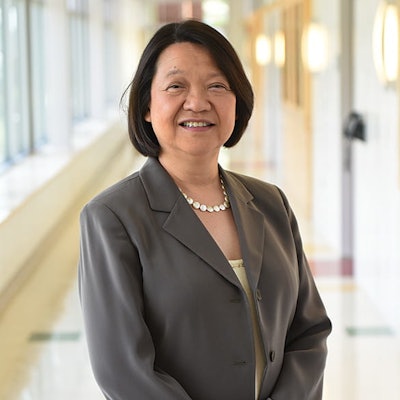 Dr. Pam Eddinger, president of Bunker Hill Community College.
Dr. Pam Eddinger, president of Bunker Hill Community College.
Some cultural and civic organizations wanted to partner with BHCC but could not afford to pay their interns $18 an hour. So BHCC fundraised, creating grants to cost match and close the gap. Eddinger said she would like to see ED offer financial support to institutions that offer paid internship programs.
“Internships are no different from apprenticeships or other work study programs,” said Eddinger. It really is about opening up the idea that regular paying jobs could be internships for someone, and then you could hire them. We think of an internship as a tight ball in the corner, but it isn’t.”
James and Deborah Fallows, founders of Our Towns, a nonprofit working to renew America starting at the community level, discussed some of the ways they’ve seen universities and colleges step up to support a community with fewer or depleted resources.
In 2018, when Muncie, Ind.’s K-12 public school systems were struggling and losing students, Muncie’s Ball State University (BSU) offered to take responsibility for the schools. They created a new Board of Trustees that got to know each of the schools in the district.
Through BSU’s collaborative efforts within the community, K-12 public enrollment stabilized, millions were raised in philanthropic support, and teacher salaries were increased. BSU faculty, students and staff volunteer in the schools with projects, partnerships and research.
“Universities have tremendous power to influence and improve communities,” said Cooper. “They are often economic engines of their towns and have a stake in how the town flourishes. The success of their students and college cannot be exclusive of the community.”
Liann Herder can be reached at [email protected].




